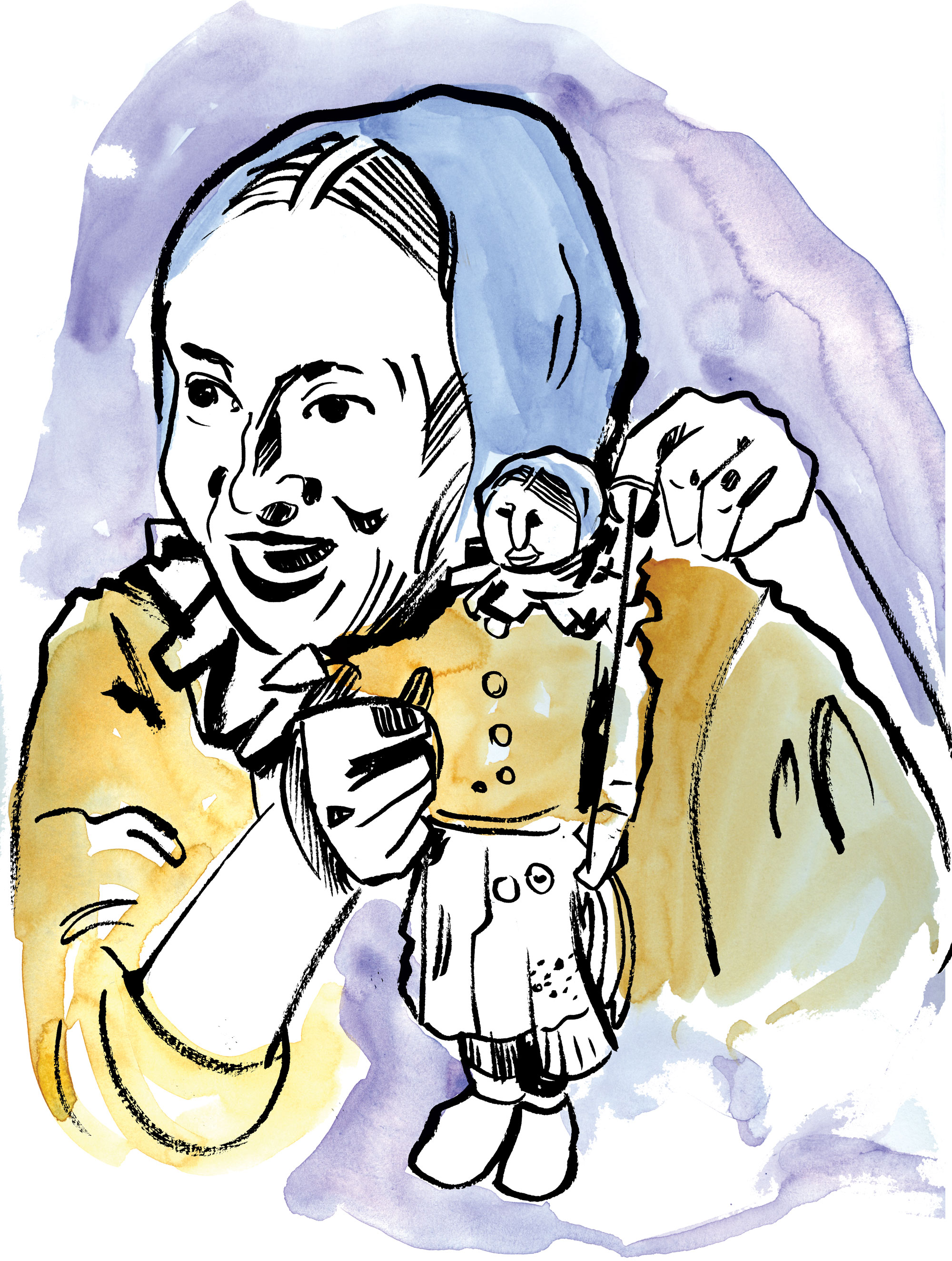
Before traveling to Washington, D.C. for the Women’s March, I felt pretty confident that I could imagine what kinds of people would be there. I also thought I knew what the approximated 200 buses and the estimated 200,000 people looked like.
Y’all, I was so wrong.
It started slowly — noticing another charter bus passing us on the highway, pink-hatted folk inside. Then, there were similar buses — four lanes deep. At our two pit-stops, in Ohio and Pennsylvania, the bathroom lines — which were no longer gendered — had wait times of at least a half an hour.
Despite much of the popular feedback on the march, I must admit that — especially at the rest stops — I had never seen such a diverse group of people. While women were in the majority, there were people from all races and genders; accents from all over; people from rural areas, cities, and many different kinds of economic situations.
The charter bus that I took was one of five organized by School of the Art Institute (SAIC) professor Claire Ashley. My bus captain was SAIC’s Vice President of Student Affairs, Felice Dublon. Among my bus-mates were other SAIC students, faculty, and staff.
My bus arrived at the Rockland train station around 9 a.m. alongside charter buses from around the country. The line to get on the train stretched along the sidewalk. Over an hour later we entered the train station, got our transit passes, and proceeded on our hour-long ride into the city. Groups cheered as they successfully purchased their tickets, got on the train, and exited. Any step forward was cheered on by thousands of women.
There were so many people that there was no room for arrivals at Judiciary Square — the closest stop to the rally point. We were dropped off one stop away, at Union Station, which was barely less congested, and mindlessly followed the crowd towards what we hoped was the rally.
After entering the outskirts —about a mile away from where the rally actually was— we found ourselves three feet away from Senator John Kerry and his golden retriever. This was my only celebrity sighting.
We got as close to the rally as we could around 12:15 p.m. We couldn’t hear or see any of the rally, just bits of the megatron between the crowd’s anti-Trump signs. I would be lying if I didn’t admit my heavy disappointment at not being able to see and hear inspiring and insightful women, like Angela Davis and Gloria Steinem, speak. Admittedly, as much as I wanted to march, I had been dreading this trip. I knew that once I got there I would be excited, but I wasn’t really looking forward to the rally.
The march was scheduled to start at 1:15 p.m. At 1:30, the crowd got impatient, quickly chants ensued: “Let us march! Let us march!”
By 2 p.m. our feet hurt like we had already marched. We still didn’t know why we weren’t moving yet. Later we learned that the march had essentially been canceled because too many people showed up. But we didn’t know that then, and by 2:15 p.m., we all started marching anyway.
The march itself was inspiring. There was something empowering, if not vengeful, about chanting “Dump Trump” — hoping that he was listening and rethinking in the White House. There were so many people, and so many signs, that I could hardly see any of the capital. I get a little claustrophobic if I’m surrounded by too many people — especially if they are taller than me, which includes almost everyone. Still, I knew that I had to keep marching forward.
While it seems that many Women’s March supporters enjoyed the insult-driven signs and chants — many of which consisted of “tiny hands” — I don’t think that political protest is the time for personal jabs. What could have made the march stronger is a complete focus on policies and human rights, minus the Millennial-style mockery. My hope as an activist is not to make Trump enraged (which seems to make him act irrationally) but to give him the insight to make better policies that fit the needs of the American people.
When we were done marching — and at this point, half of the crowd was still marching; the other half was dispersed throughout the city — we went in search of dinner. We arrived at a food court where we waited in line after line, only to hear that the vendors ran out of food. At this point, we were tired, hungry, and ready to be home.
While we were on the escalator in the train station, there were three men wearing t-shirts that said something to the effect of, “I suffered through eight years of Obama, you can deal with Donald Trump.” As the crowd saw these shirts, the underground station echoed with boos and “Dump Trump” chants.
As groups of marchers returned to the train station where the buses were parked, there were groups of people who cheered for our arrival and our work. The pairing of bold support of Trump and encouragement to keep fighting for human rights accurately describes where we are now: disappointment, and fear versus fighting for what is right and keeping the momentum moving forward.
Returning from the march, we are told to keep going, not to drop the ball, to continue to act. I agree with this charge. I also want to encourage us all to take a break if we need it. We won’t be able to change the world for the better if we can’t keep ourselves healthy and ready to work.







